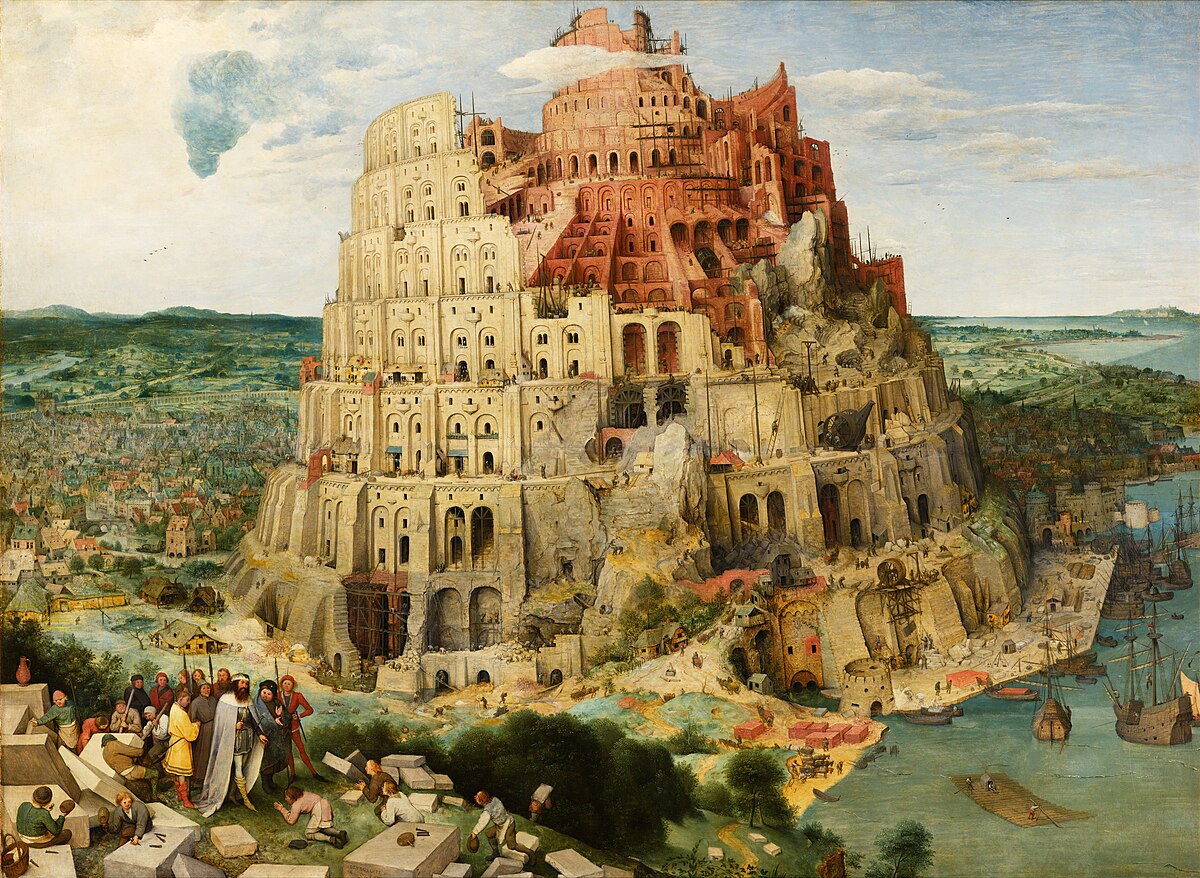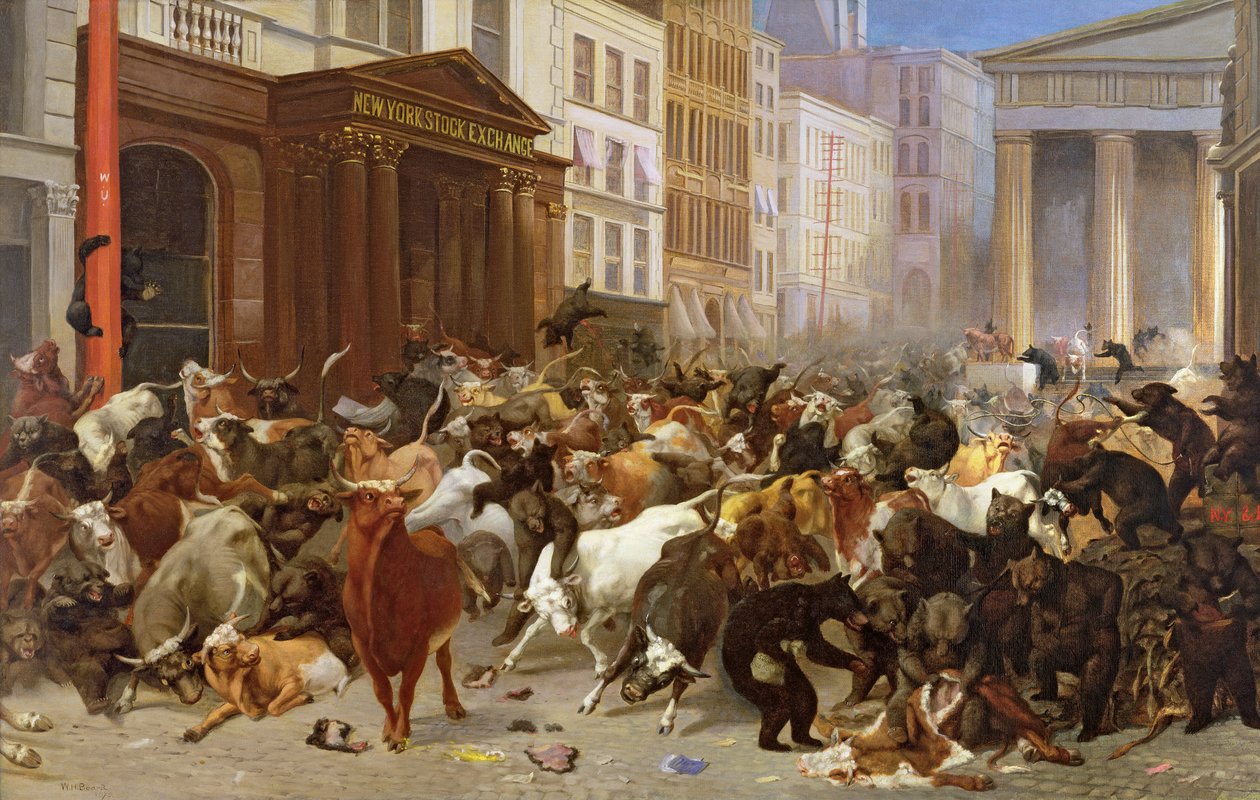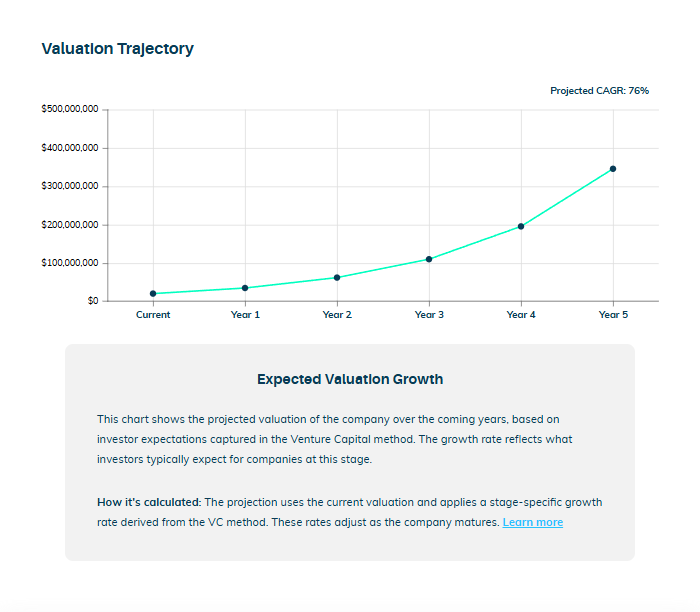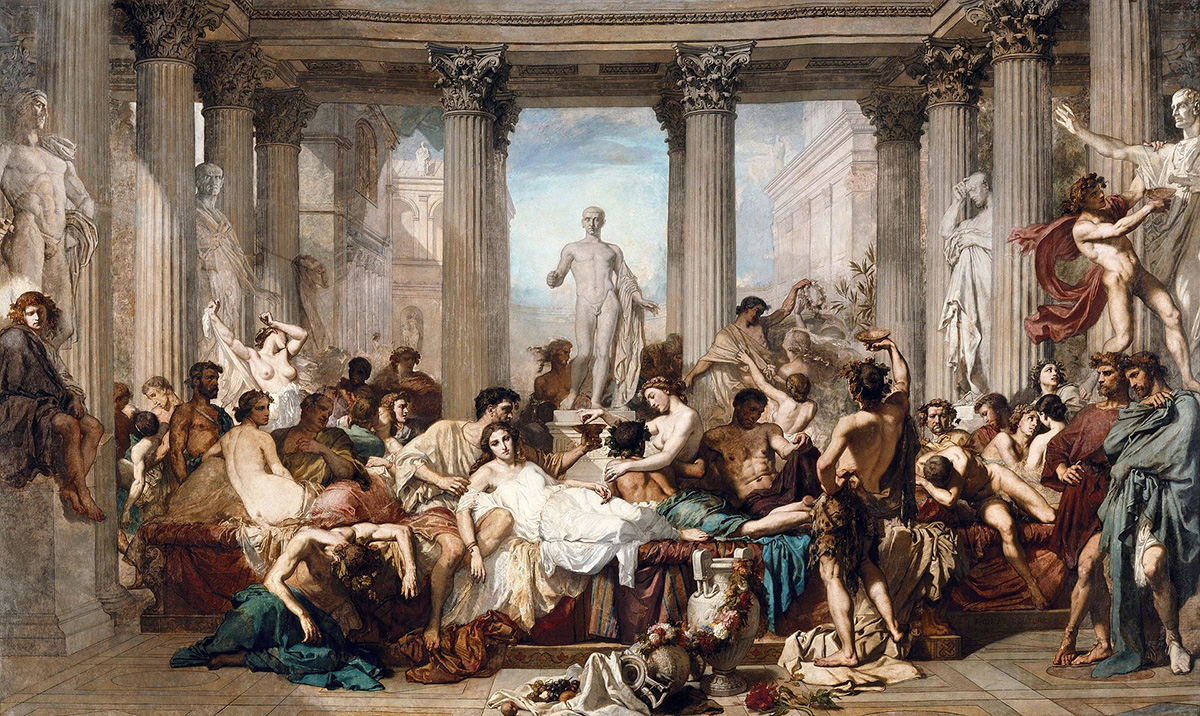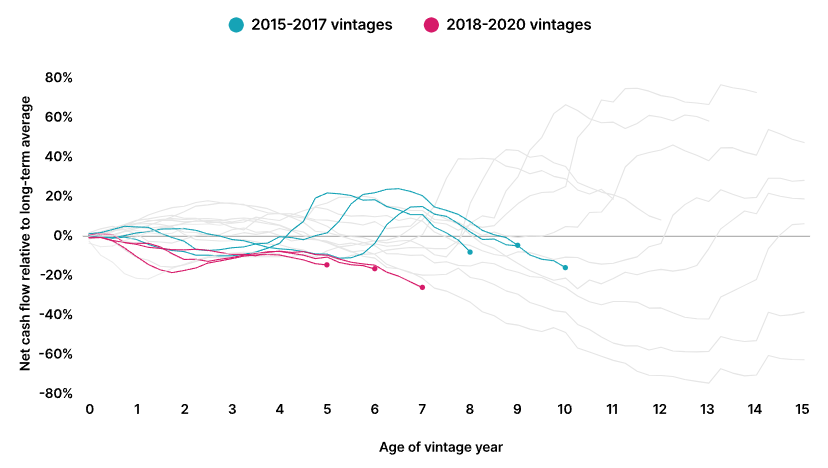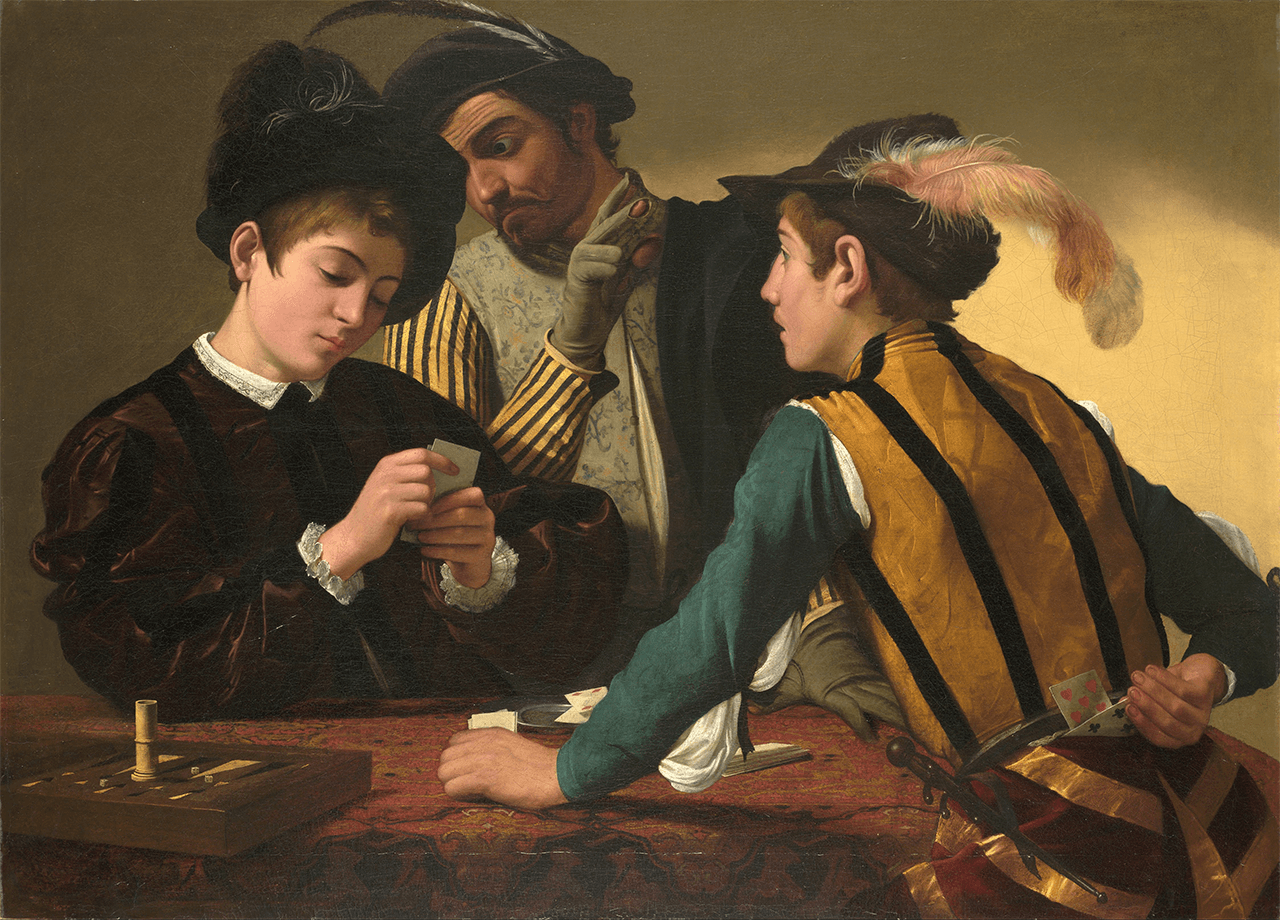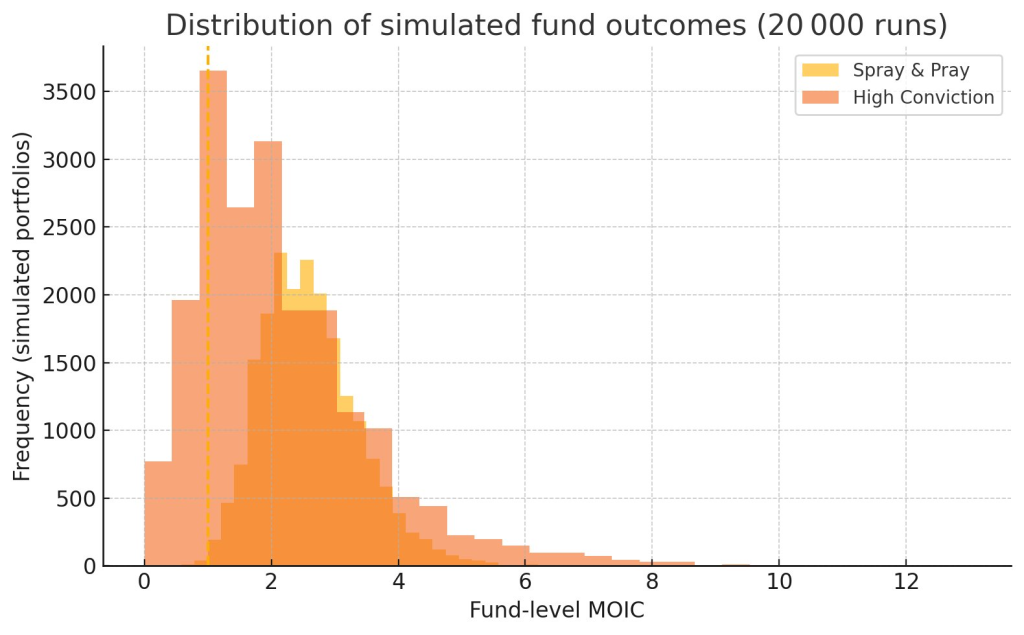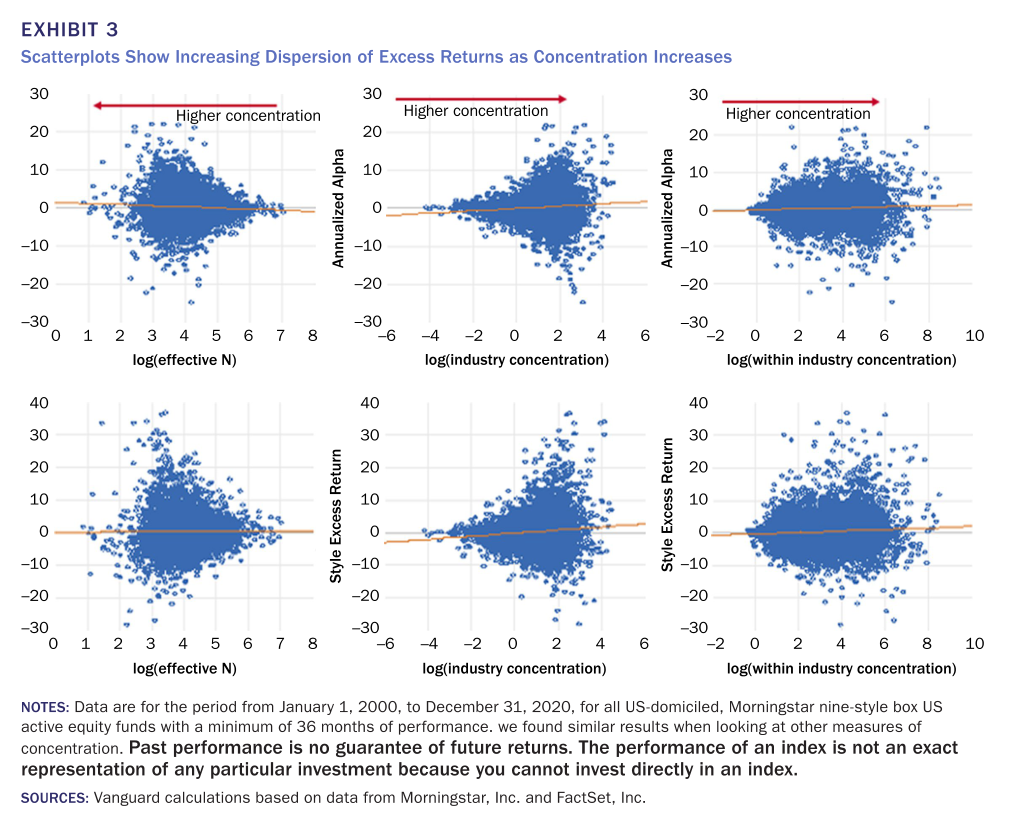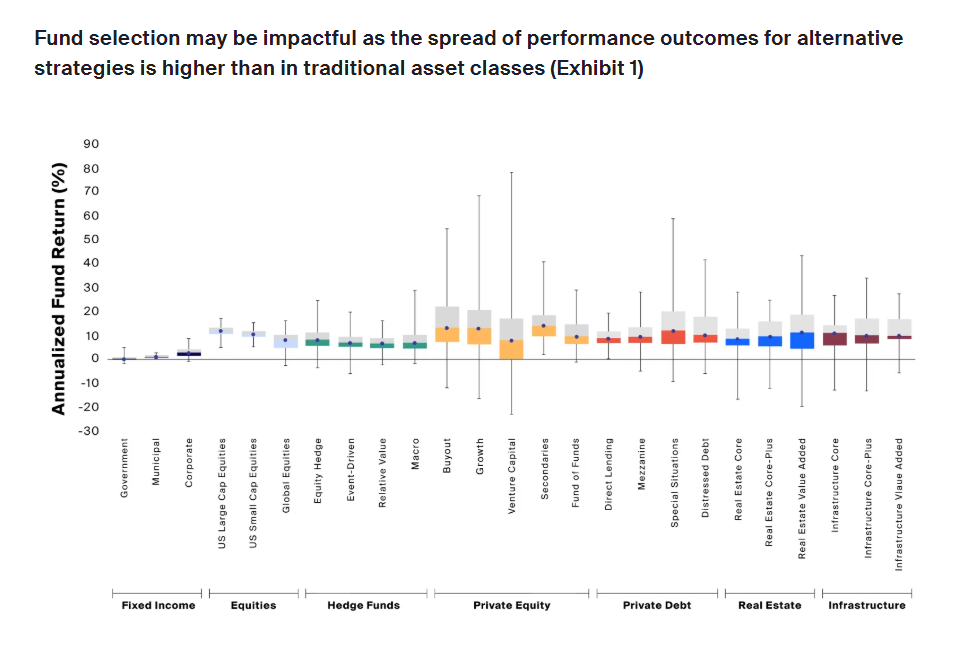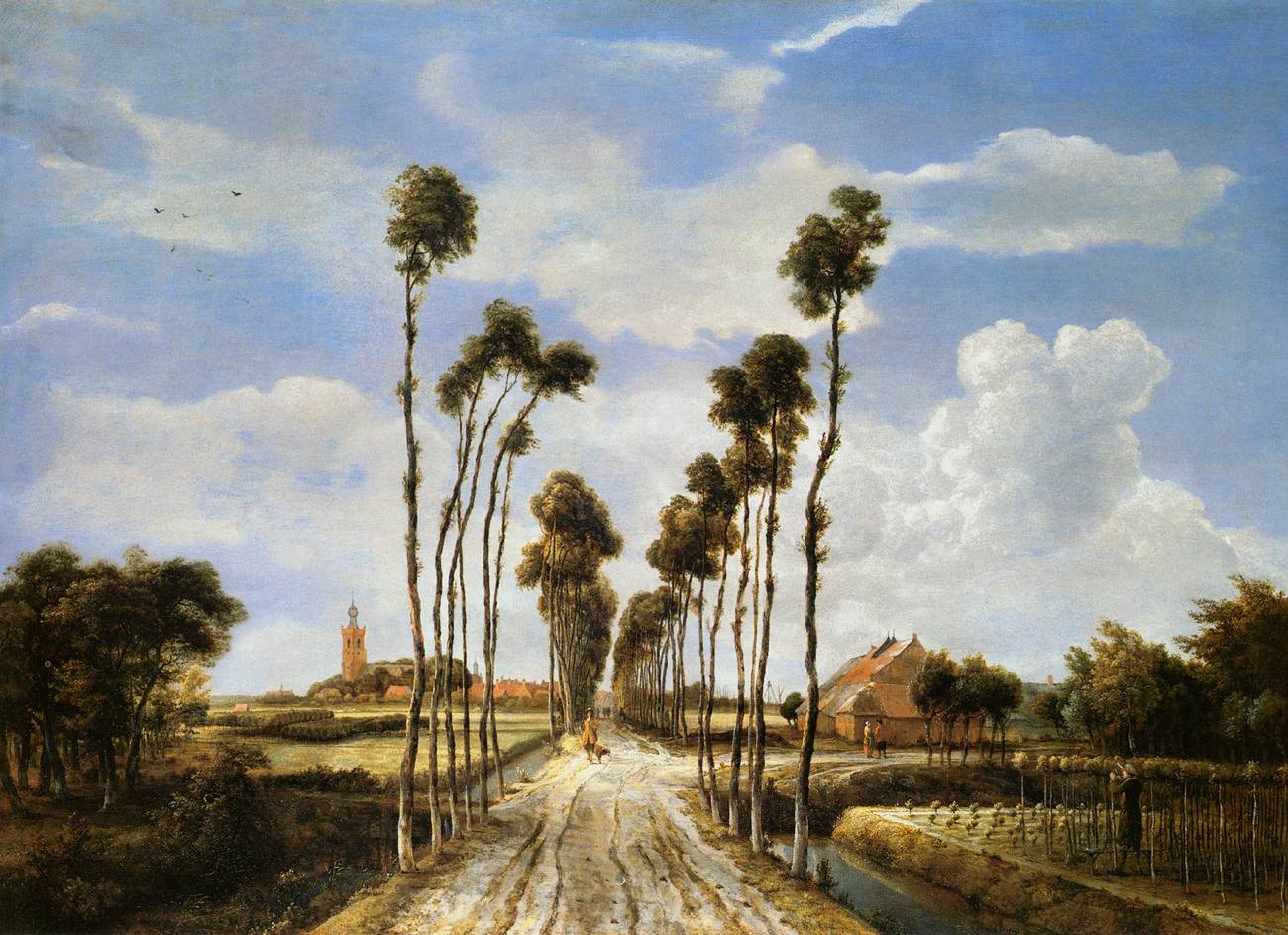As described in a previous article, risk is the product of venture capital. If you do not understand risk, you do not understand venture capital.
In theory, the greater the risk an investment is seen to have, the greater the payoff if it works out. This is the skill of the venture capitalist; recognising asymmetry of risk and payoff.
In this calculation, there are essentially three categories of risk:
- Idiosyncratic Risk
The core of what is traditionally seen as venture capital, associated with investing in unproven ideas. - Systematic Risk
The market-related risk in venture capital. The influence of shifts in sentiment or cost of capital. - Execution Risk
The risk associated with building and scaling a particular solution, and dealing with competitive forces.
Any startup may have minimal or maximal levels of all three, although there are some relationships to explore.

- As an example of idiosyncratic risk, consider SpaceX. There was no space industry. There was no market map, playbook, or competition. It was like nothing else.
- As an example of systematic risk, consider OpenAI. The company’s success is heavily reliant on excitement about AI keeping the cost of capital low for large model providers.
- As an example of execution risk, consider Uber. The business clearly worked at scale, but reaching scale (dealing with regulators, unions, etc) was the central challenge.
Each risk category is a spectrum and all startups will have some degree of each. You’d have to go to extremes (e.g. a laundromat) to find a business close to zero risk.
e.g. for all that SpaceX is a champion for idiosyncratic risk, clearly there was also execution pressure. Similarly, OpenAI was highly idiosyncratic at inception, although that has changed over time as the AI market expanded.
Risk Relationships
While each risk exists on a separate axis, there are some risk relationships worth understanding:
Idiosyncratic risk is generally opposed to systematic risk
If a company is doing something truly original, it is unlikely to be relying on category hype to fund their development. Thus, a highly idiosyncratic company usually has low systematic risk.
That said, painfully novel ideas with an unclear path to profitability are less likely to be funded in cold markets. Investors will retreat to the safety of more knowable investments.
To understand this, we have to separate hype (AI, dotcom) from hot markets (early 80s, ZIRP), although often the two overlap. Each introduces a different flavour of systematic risk, one related to technology and the other to market conditions.
Idiosyncratic risk is generally opposed to execution risk
Execution risk is typically a product of highly competitive environments. If building a great company wasn’t hard enough, there is now a clock ticking on market saturation.
Implicitly, this is less of an issue for highly idiosyncratic startups who may be pioneering a whole new category with much more limited competition.
That said, some companies are so painfully idiosyncratic that there is also significant execution pressure. To court investors, they must keep smashing through development milestones.
In summary, there is a U-shaped relationship between idiosyncratic risk, and the two other risks. As covered above, the highest theoretical payoff comes when all three are maxed out.
Scaling Risk
Time and time again, in hot markets, incumbent firms have attempted to “scale” venture capital. That is, to find elasticity in the relationship between fund-sizes and risk, allowing individual firms to dominate large chunks of the market.
Each time, they have failed, because the risks outlined above do not scale linearly with fund size.
- Idiosyncratic risk is inelastic. It is the art of making good judgements about the future, and you cannot improve outcomes by throwing more people at the problem.
- Systematic risk is exponential. As you inflate a category or market, you herd-in capital which accelerates growth and raises the stakes dramatically.
- Execution risk is an unknown. There is a belief that patterns might reveal founders who excel at execution, but research largely indicates these are misleading.
If risk cannot be made elastic, then neither can fund sizes.
The largest firms cannot bear this reality, because a world where venture capital doesn’t scale eliminates any incumbent advantage; all firms must continually prove their right to exist.
Instead, they throw their resources at financialising the industry, creating a hyperreality where these risks are treated differently:
- “Consensus is good, actually“
You don’t need to worry about scaling idiosyncracy if it’s not highly valued. In a world where consensus rules, the largest allocators will naturally rise to the top. - “Escaping the cycle“
Systemic risk already scales well, and a large firm is in the perfect position to amplify that inflation and ride-out the consequences of the subsequent crash.
- “The fundable founder“
If a founder can keep raising money and generating signal, there’s a chance they’ll persist even with subpar execution. Especially with support from a large platform team.
Ultimately, this produces a “smart beta” strategy, reliant on market momentum and performance that isn’t directly connected to the quality of outcomes.
e.g. research finds that large, well-networked firms are more likely to inflate valuations and pump capital into consensus opportunities.
This drags venture capital away from its core purpose: the entropic distribution of capital to opportunity. Instead, it rewards concentration and accumulation, in firms and companies.
As a consequence, innovation suffers and returns slip. As hot markets have driven fund sizes and management fees up, with fewer firms in more dominant positions, technological progress has increasingly stagnated.
A less competitive environment is fundamentally less meritocratic, and the focus on consensus themes and pattern-matched founders excludes swathes of opportunity and potential outliers.
The future of venture capital, and whether financialisation deepens, depends on narrative dominance. If the market continues to reward consensus seeking, concentration and dogmatic belief, the trend will persist.
It’s the kind of existential question which would lead large firms to fund social media bot farms, groom tech influencers, and play a growing role in the media side of venture.
(top image: “Untitled 2”, by Julie Mehretu)



